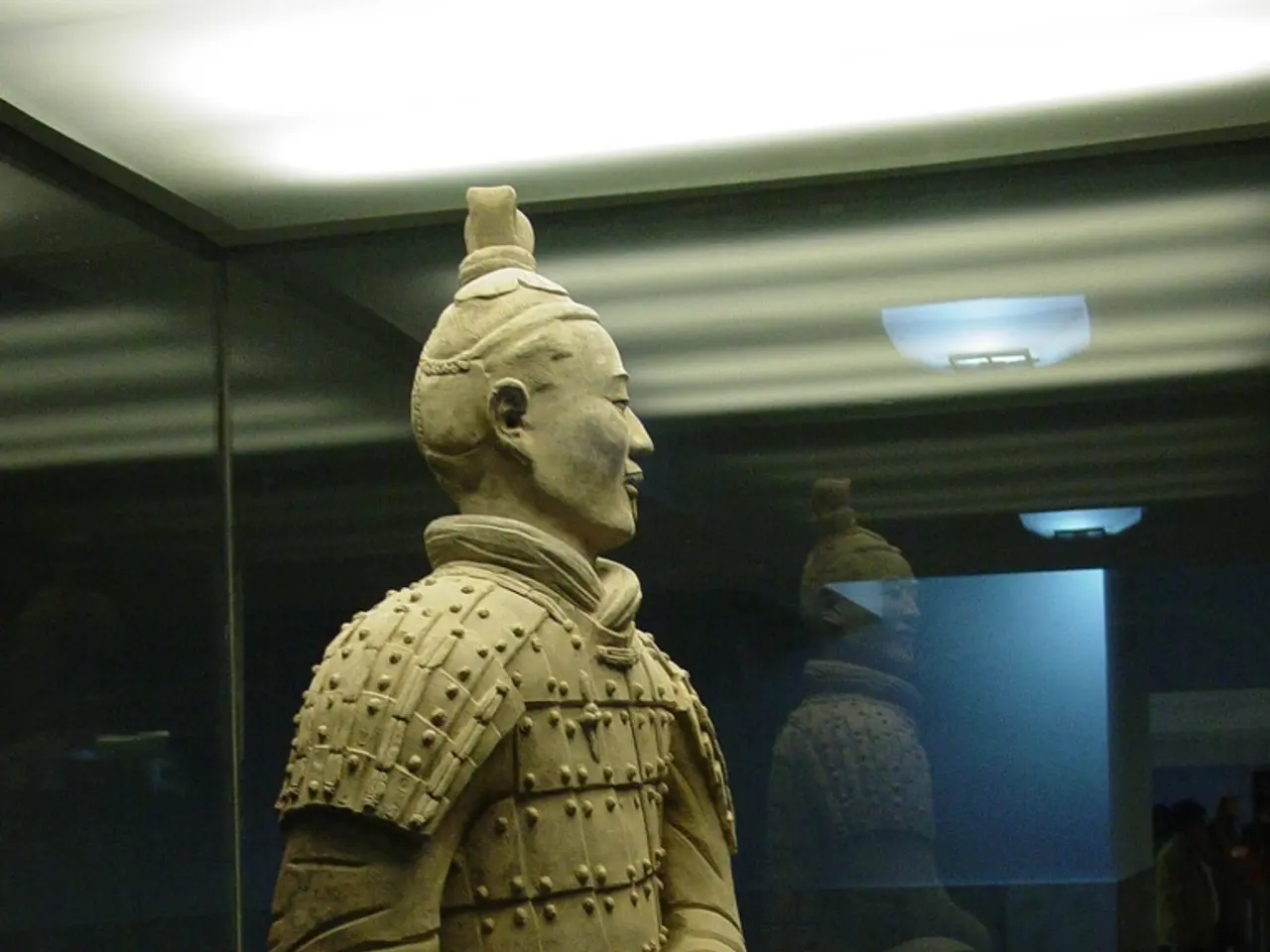Cutting-edge collaborations to fortify researchers addressing urgent worldwide predicaments through innovative solutions.
In an exciting development, a new nanoparticle beam instrument has been installed at the UK's national synchrotron science facility, Diamond Light Source, located at the Harwell Science and Innovation Campus in Oxfordshire. This state-of-the-art instrument, named the nanoparticle beam instrument, will provide a unique experimental setup for materials discovery.
The instrument, developed by a team from Swansea University's Nanomaterials Laboratory, is stationed at Diamond's versatile soft X-ray (VerSoX) beamline B07. It is designed to generate nanoscale particles of diverse materials, size-select them, and deposit them onto surfaces to make prototype devices.
Professor Laurent Chapon, Diamond's Physical Sciences Director, commented on the installation, stating that the new instrument will offer a unique opportunity for materials discovery. The instrument will help scientists explore and optimize the influence of particle size, structure, and composition on properties relevant to applications such as catalysis, batteries, and antibacterial coatings for medical implants.
The nanoparticle beam instrument at Diamond is an ultra-precision source of size-selected nanoparticles (also termed clusters) designed for materials discovery and optimisation. It will complement the Matrix Assembly Cluster Source (MACS) and two more new instruments developed by the group at Swansea University.
The Welsh Government Office for Science Sêr Cymru Programme is supporting the secondment of Dr Yubiao Niu from the Swansea team to Diamond via a Sêr Cymru Industrial Fellowship. Dr Niu will commission the new instrument and explore the use of nanoparticle catalysts for low energy synthesis of ammonia and storage of hydrogen, with Imperial College also collaborating.
Professor Steve Wilks, Provost of Swansea University, announced a strategic partnership between Swansea University and Diamond Light Source, funded by the Welsh Government. This new partnership will open opportunities for Diamond staff and user community to work alongside Swansea University's satellite team based at Diamond.
The initial focus of the instrument will be on the generation of green hydrogen and green ammonia as clean fuels, contributing to tackling climate change by harnessing renewable but intermittent energy sources. The research focus is on generating a hydrogen-based fuel such as ammonia, which promises to overcome several technical challenges faced by hydrogen but has its own challenges.
Professor Peter Halligan, WG's Chief Science Advisor, applauded the innovative technology being explored and exploited by Dr Yubiao Niu, Swansea University, Diamond Light Source, and Imperial College in the exciting area of research. The instrument will be available for use by staff and users of the Diamond synchrotron and a new Swansea University satellite laboratory team based at the Diamond facility.
This new nanoparticle beam instrument, along with the MACS and two more new instruments, will aid radical discovery and innovation in both energy and medical technologies. The installation of this instrument marks a significant step forward in the field of materials science and is expected to yield groundbreaking results in the near future.
Read also:
- Understanding Hemorrhagic Gastroenteritis: Key Facts
- Stopping Osteoporosis Treatment: Timeline Considerations
- Tobacco industry's suggested changes on a legislative modification are disregarded by health journalists
- Expanded Community Health Involvement by CK Birla Hospitals, Jaipur, Maintained Through Consistent Outreach Programs Across Rajasthan








